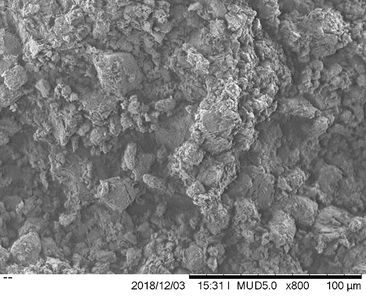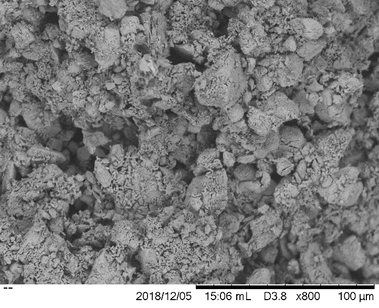Project Synopsis:The given objectives for this project were to compare the ceramic processing methods slip casting and die-pressing. This required making ceramic bars of aluminum oxide (alumina) using both methods and then testing the fracture stress.
Slip casting involves the alumina being suspended in a fluid and poured into a porous cast that allows the bar to dry into a solid while die-pressing is a dry process that involves the alumina powder being compacted in a die that shapes the bar. These bars are then put into a kiln and densified in a process called sintering where the separate particles bond together. The fracture stress of the bars was tested using a 3-point bend test on an Instron and the resulting data was used to calculate Weibull moduli. |
|
Literature states that slip casting should yield the stronger bars, higher Weibull moduli, than die pressed bars. Yet the results from this project were the inverse with the die pressed bars being stronger. It was reasoned that this discrepancy was from flaws in the slip cast done since that technique is more complicated and has more room for error.
The file below includes all of the details for this project.
| |||||||




